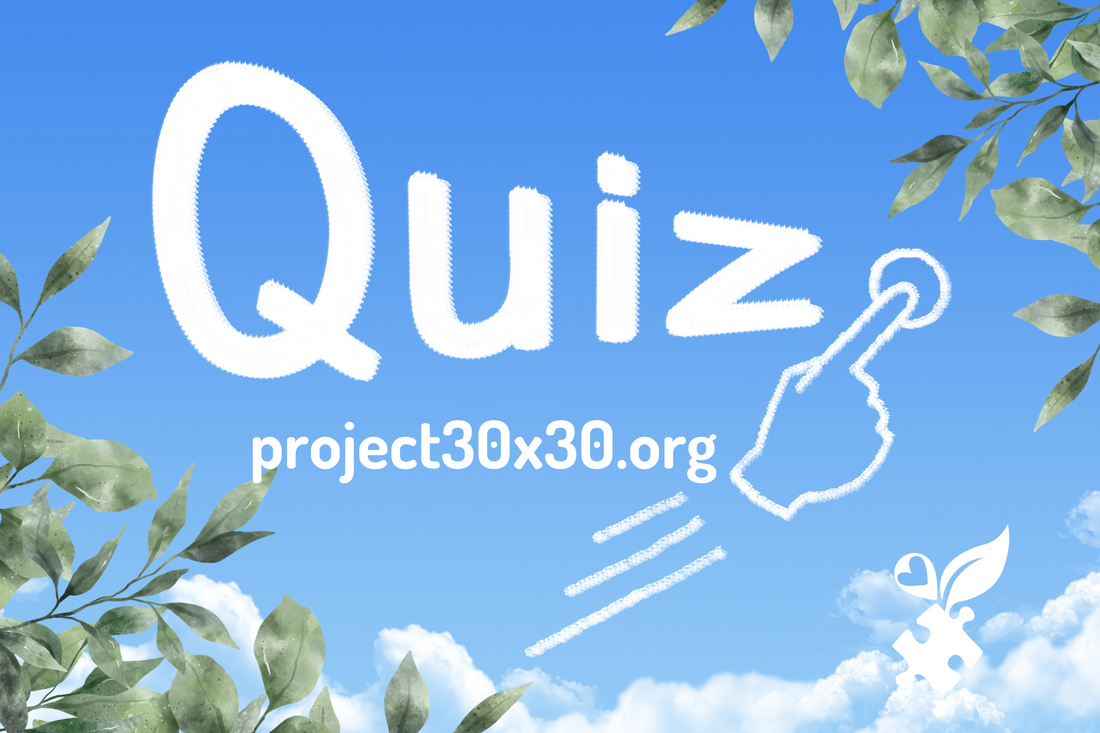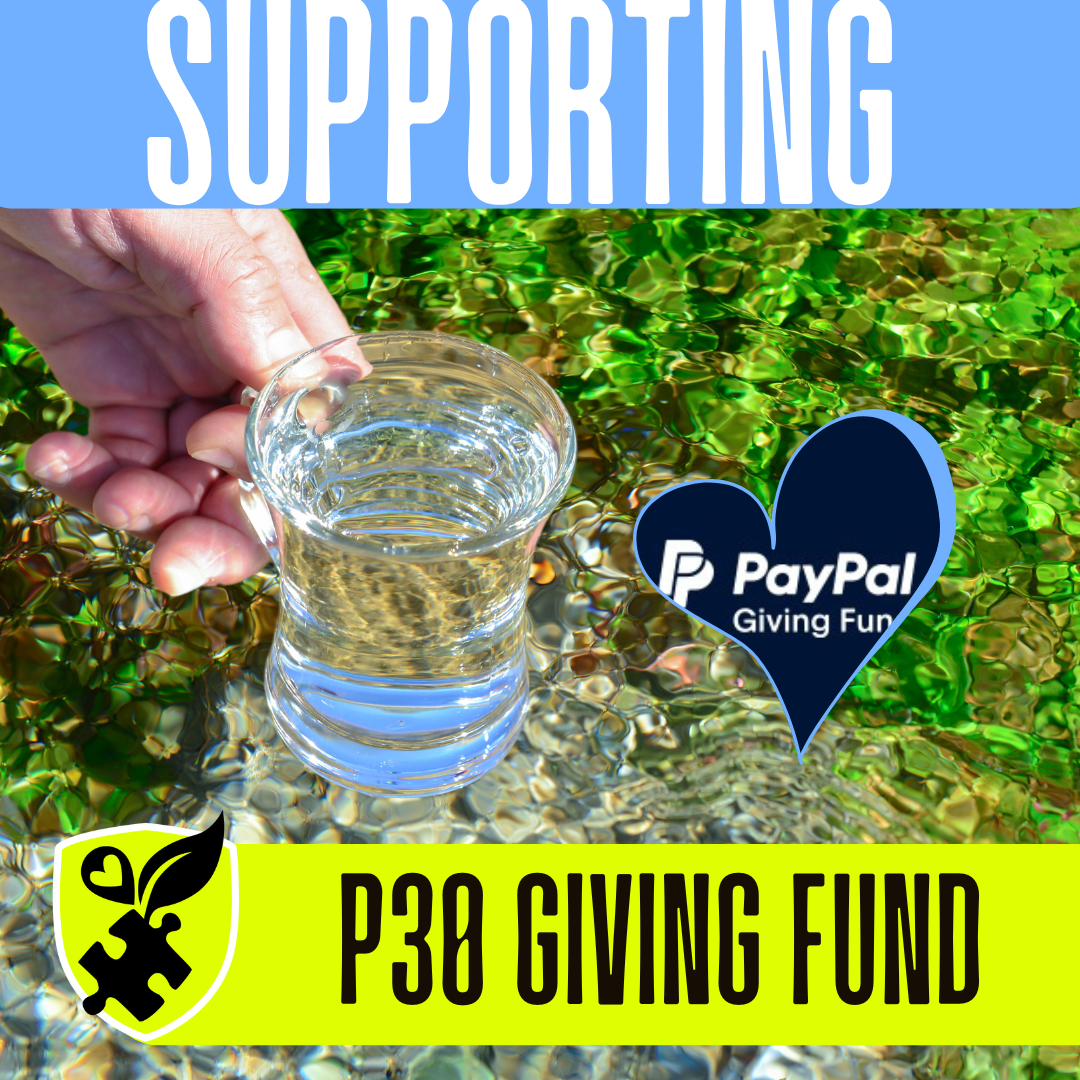Land, Health, and Future Safety: Are You Informed?
Test your knowledge about the critical link between land protection, human health, and future safety. Learn how even small actions can make a big difference.
1. What is the primary goal of the "30x30" initiative?
2. Which of the following is a direct health risk associated with long-term exposure to pesticides?
3. How do natural green spaces contribute to water table health?
4. What is a significant environmental impact of widespread herbicide use?
5. What role do pollinators play in maintaining ecosystem health?
6. How does protecting even small land areas impact local biodiversity?
7. What is the primary risk of pesticides leaching into the water table?
8. Which of the following is a long-term benefit of reducing fungicide use?
9. How does reduced land degradation contribute to human safety?
10. What is a key strategy for protecting land health in urban areas?
Bibliography
- Source 1: United Nations Convention on Biological Diversity. (n.d.). 30x30 Target. https://www.cbd.int/30x30/
- Source 2: World Health Organization. (2021). Pesticide residues in food: toxicological evaluations. https://www.who.int/publications/m/item/pesticide-residues-in-food-toxicological-evaluations
- Source 3: U.S. Environmental Protection Agency. (n.d.). Wetlands. https://www.epa.gov/wetlands
- Source 4: Tilman, D., Cassman, K. G., Matson, P. A., Naylor, R., & Polasky, S. (2002). Agricultural sustainability and intensive production practices. Nature, 418(6898), 671-677.
- Source 5: Potts, S. G., Biesmeijer, J. C., Kremen, C., Neumann, P., Schweiger, O., & Kunin, W. E. (2010). Global pollinator declines: trends, impacts and drivers. Trends in Ecology & Evolution, 25(6), 345-353.
- Source 6: Secretariat of the Convention on Biological Diversity. (2020). Global Biodiversity Outlook 5. https://www.cbd.int/gbo5
- Source 7: Centers for Disease Control and Prevention. (2022). Pesticides. https://www.cdc.gov/niosh/topics/pesticides/default.html
- Source 8: Food and Agriculture Organization of the United Nations. (2018). The future of food and agriculture – Alternative pathways to 2050. http://www.fao.org/3/I9542EN/i9542en.pdf
- Source 9: Intergovernmental Panel on Climate Change. (2022). Climate Change 2022: Impacts, Adaptation and Vulnerability. https://www.ipcc.ch/report/ar6/wg2/
- Source 10: United Nations Environment Programme. (2021). Making Peace with Nature: A scientific blueprint to tackle the climate, biodiversity and pollution emergencies. https://www.unep.org/resources/making-peace-nature



















